This post may include affiliate links.
If you make a purchase, I'll earn a small fee at no extra cost to you.
This planting guide for Zone 8 contains 10 vegetables you can plant in April for a great harvest this summer. Includes recommended varieties, growing tips, and recipes for your harvest.
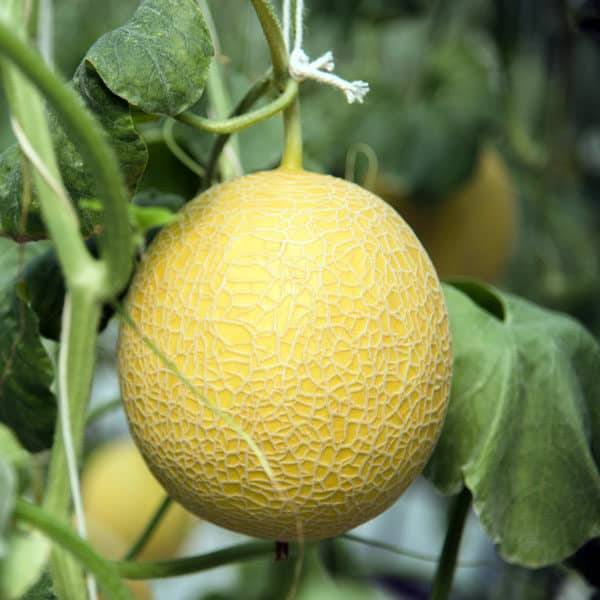
Hooray, it’s April! Spring has sprung, and it’s time to get our seeds and starts in the ground.
Because it’s warm and sunny in Zone 8, gardeners in cities like Dallas, Portland, Atlanta, Seattle, and San Antonio can plant lots of vegetables in April for a Summer garden.
Are you a brand new gardener? Not sure what to plant or when to plant it? I can help.
You’ll find lots of great information in my new book, The First-Time Gardener: Container Food Gardening.
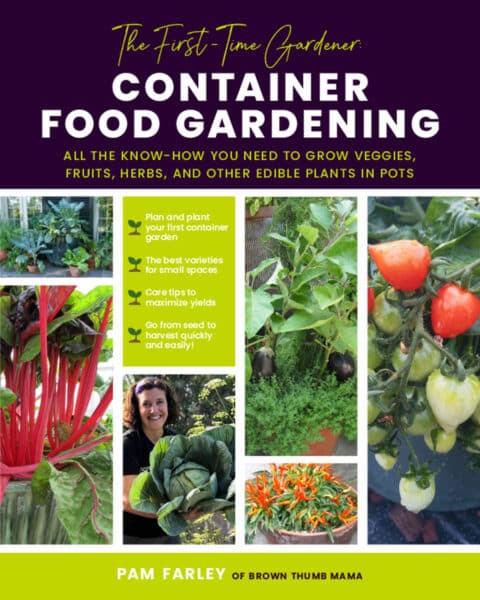
Here are 10 tasty vegetables that gardeners in Zone 8 can plant in April. Let’s get gardening!
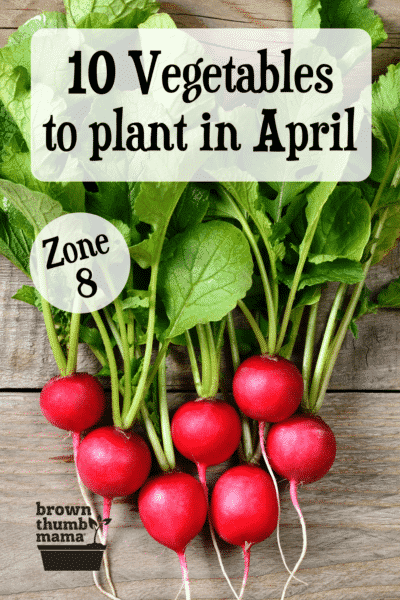
10 Vegetables to Plant in April {Zone 8}
Once you’ve eaten a homegrown tomato, you’ll never want to eat those tasteless blobs from the supermarket again.
Varieties: There are hundreds of varieties of tomatoes you can grow, and many different types--slicing tomatoes, cherry tomatoes, paste tomatoes, and heirloom tomatoes.
My favorite way to try lots and lots of different tomatoes is with the Heirloom Tomato Collection from Botanical Interests. It contains seeds for seven different tomatoes, and you’ll have fun growing them all.
Planting: Plant your tomato seedlings deep, with only an inch or two sticking out of the soil. Tomato plants can be floppy and unruly, so I recommend staking them or using a heavy-duty tomato cage. Blossom end rot is a common issue with tomatoes, so be prepared with these blossom end rot prevention tips.
Recipes: Before you can enjoy your tomatoes on BLT sandwiches or by enjoying them as homemade spaghetti sauce, make sure you know the best way to wash tomatoes.
Eggplant (also called aubergine) is a veggie that likes hot weather, just like tomatoes and peppers. All three of these plants are part of the Nightshade family.
Varieties: Listada de Gandia is a beautiful French heirloom eggplant. Black Beauty is another favorite for its large size and thin skin that you don't have to peel.
Planting: Plant seedlings 18 inches apart--happy eggplants grow into bushes nearly 2 feet tall and 16 inches wide. Stake them shortly after planting, or the weight of the eggplants will cause the plant to fall over.
Recipe: Eggplant is delicious when sliced, brushed with olive oil, and grilled until just soft.
Radishes are a super easy crop to grow and are a great choice when gardening with kids.
Varieties: Radishes come in many different colors! I like Easter Egg Blend because you get red, white, rose pink, purple, and bi-color (red top, white base) radishes all in the same seed packet.
Cherry Belle is a great traditional radish. If you really want to throw the kids for a loop--grow Watermelon Radish, which is green and white on the outside and deep red inside.
Planting: In April, plant the seeds directly in the garden. They’ll grow quickly, and you can harvest your radishes when they’re the size of large marbles (in about a month).
Recipes: I love to eat radishes on my salads or just fresh from the garden. When they're small, they're less spicy.
Chard is great for new gardeners. It grows vigorously, provides a continuous harvest, and can even survive the winter in mild climates. Ideal, right? Except that if you’re the only person in your family who likes to eat Swiss chard, you will quickly be overrun with it. Ask me how I know.
Varieties: Warnings aside, I like Bright Lights Chard and Five Color Chard because they’re both beautiful and colorful. You could even plant these as ornamentals in your front yard!
Planting: Direct seed in the garden this month, and you’ll be harvesting in 60 days. Learn more about how to grow Swiss chard.
Recipe: I like to chop chard leaves into tiny bits and add it to Baked Italian Meatballs or Homemade Fried Rice.
Zucchini and summer squash are the easiest vegetables to grow from seed. A couple of plants will produce more squash than most families can eat! This is probably why there’s a gardeners’ holiday called “Sneak Some Zucchini on Your Neighbor’s Porch Day”.
Varieties: Cocozelle zucchini is delicious and buttery. It's beautiful, too: the dark green fruits have light green vertical stripes. Have fun in the garden with Max’s Gold summer squash, with its beautiful yellow color and Jaune et Verte pattypan squash, which looks like a stripey spaceship.
Planting: Start zucchini from seed this month and you'll be eating it as early as July. Haven't grown it before? Here’s everything you need to know about planting and growing zucchini.
Recipe: Stir-fry zucchini with bacon and onions, or shred and make Zucchini Fritters.
Whether you’re growing watermelon, cantaloupe (also called muskmelon), honeydew, or other melons, you’ll be thrilled with their delicious flavor fresh from the garden. We grow several varieties of melon each year, and harvested a 21-pound watermelon a few years back!
Varieties: Ahhh, where to begin? We love cantaloupe, and Hale’s Best Jumbo cantaloupe is our favorite. The fruit is sweet and thick, with a small seed cavity. Cantaloupe grows on a vine, so you may want to support it with a trellis to save space.
Sweet Delight honeydew is delightfully true to its name. It produces large, sweet, and juicy melons.
Watermelon is a summertime favorite of ours. The kids love growing them and eating them, too. We like Sugar Baby watermelon because it’s small and fits in the fridge. For fun, plant Mountain Sweet Yellow watermelon because it has yellow flesh instead of pink.
Planting: Melons of all types like to be planted outdoors in warm soil. They’re heavy feeders, and appreciate soil that’s mixed with your homemade compost. Here are some tips on when to harvest your watermelon for the best, sweetest fruit.
Recipes: Try this crisp, refreshing watermelon limeade recipe on a hot, summer day. So good!
We have a love affair with cucumbers at our house, and we grow many different types. They’re a delicious and easy to grow summer snack.
Varieties: We grow at least three varieties of cukes from seed each year. Straight Eight for salads and sunomono; Homemade Pickles for--you guessed it; and Persian Baby Cucumbers for snacking.
Planting: Start your cucumbers from seed this month. They're vining plants, so you’ll need a trellis or something similar for them to climb on. I grow mine at an angle against the back fence, so the cucumbers hang down for easier picking. Learn more about growing vegetables vertically.
Recipes: We love eating cucumbers as a salad topping or sliced and dipped in ranch dressing. If you want to try something different, saute sliced cucumbers briefly in butter and serve hot with salt and pepper. I learned that recipe from The Frugal Gourmet and it’s surprisingly delicious!
There are so many different kinds of carrots! Different colors, different shapes, and yes--slightly different flavors with each. You’ll probably want to try several different kinds.
Varieties: I like Carnival Blend carrots because of their unique colors, and round Tonda di Parigi carrots for their adorable shape. Scarlet Nantes is my variety of choice for for traditional carrots.
Planting: Carrot seeds are tiny! You can either sprinkle them on the top of the soil and thin the carrots once they sprout, or use a seed dispenser to make sure they’re spaced properly. Learn more about growing carrots.
Recipe: Enjoy your garden-fresh carrots in this easy Summertime Slaw recipe.
I always get carried away when planting green beans. There are so many different varieties to try! Calling them “green” beans is not completely correct--there are yellow beans and even purple beans.
Beans grow on two different types of plants. Bush beans, as you can guess, grow on a bushy plant that doesn’t need a support. They produce earlier and have a shorter harvest period. Pole beans grow on a vine, and need a trellis or some other support. They produce later but produce beans over a longer period of time.
Varieties: Blue Lake bush beans are the most common type of green bean, and they have excellent flavor. You can also get Blue Lake pole beans if you prefer to grow them vertically.
My favorite yellow bean (sometimes called wax bean) is Gold Rush bush bean. The slender beans grow in clusters and are easy to see and pick.
Who doesn’t love a purple bean? I like Royal Burgundy bush beans because of their beautiful color and great flavor. Kids love them, and they turn green when cooked!
Planting: Beans are usually direct sowed in the garden. Pole beans will climb, so they need a pole or trellis. Bush beans are great in containers or in raised beds. Both varieties appreciate a scoop of your homemade compost mixed in with the soil when planting.
Recipes: It's easy to have some huge harvests of beans from the garden. Here's my super easy technique for freezing green beans so you can enjoy the harvest all year long.
Going out to the garden to pick a salad for dinner is the best! And, of course, the foundation for a delicious salad is great lettuce. Iceberg lettuce is pretty blah, so I like to grow different types of Romaine in my garden.
Varieties: Little Gem Romaine is a petite heirloom variety that has a crisp texture and nutty flavor. Rouge d’Hiver Romaine is a stunner, with beautiful bronze-red outer leaves and a green heart.
Planting: Lettuce is a cool-weather crop, so plant it in a shady area. Space your seeds or seedlings about 1 foot apart and ¼” deep. Keep the soil moist and watch for garden pests. Learn more about growing romaine lettuce.
Recipe: When you've picked all the vegetables for your salad, top it off with some homemade croutons.
Want to know what to plant every month?
Knowing which vegetables to plant in each growing season ensures your plants will thrive and give you a great harvest. Check out my Vegetable Garden Planting Schedules so you know exactly what to plant each month of the year.
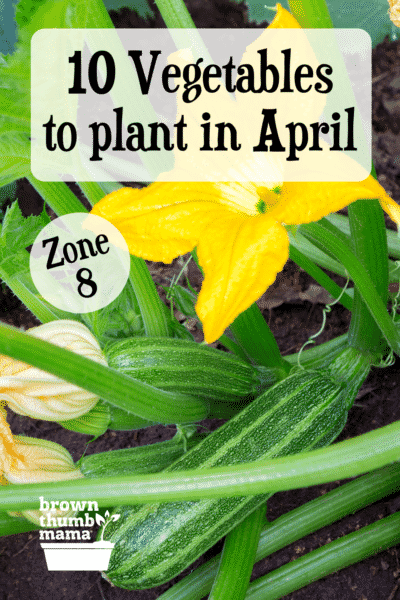

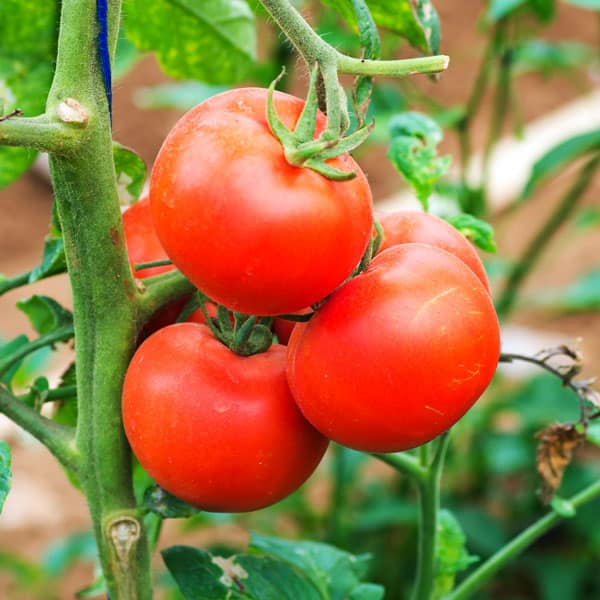
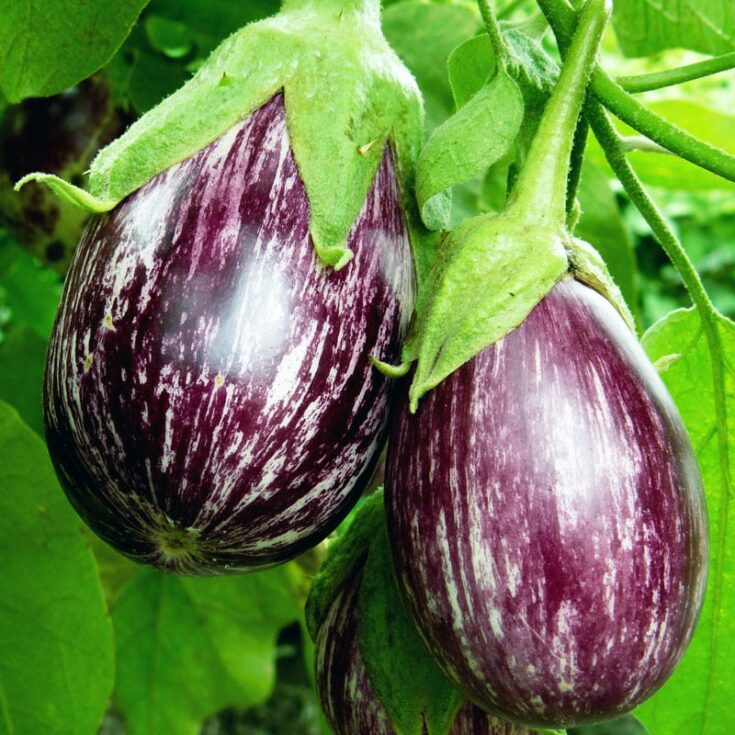
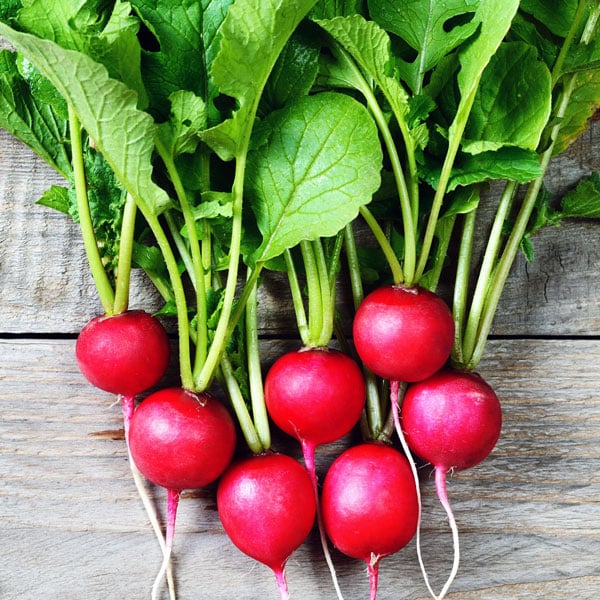
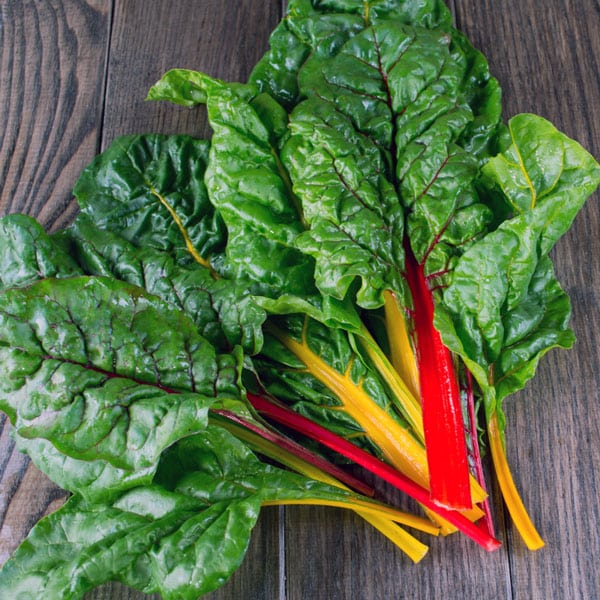
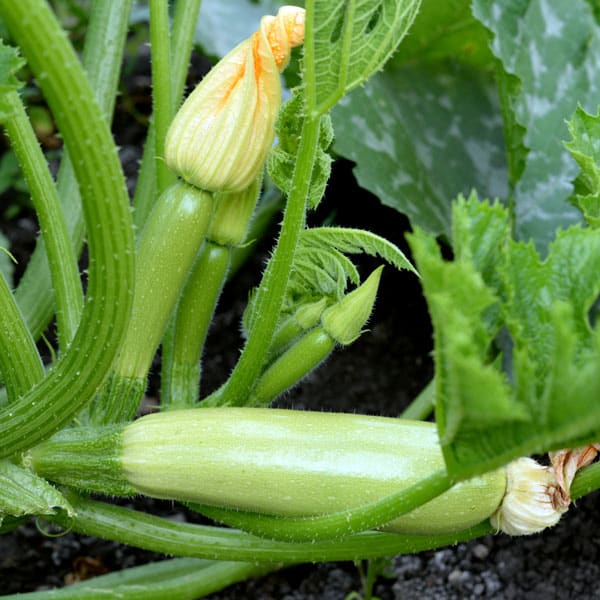
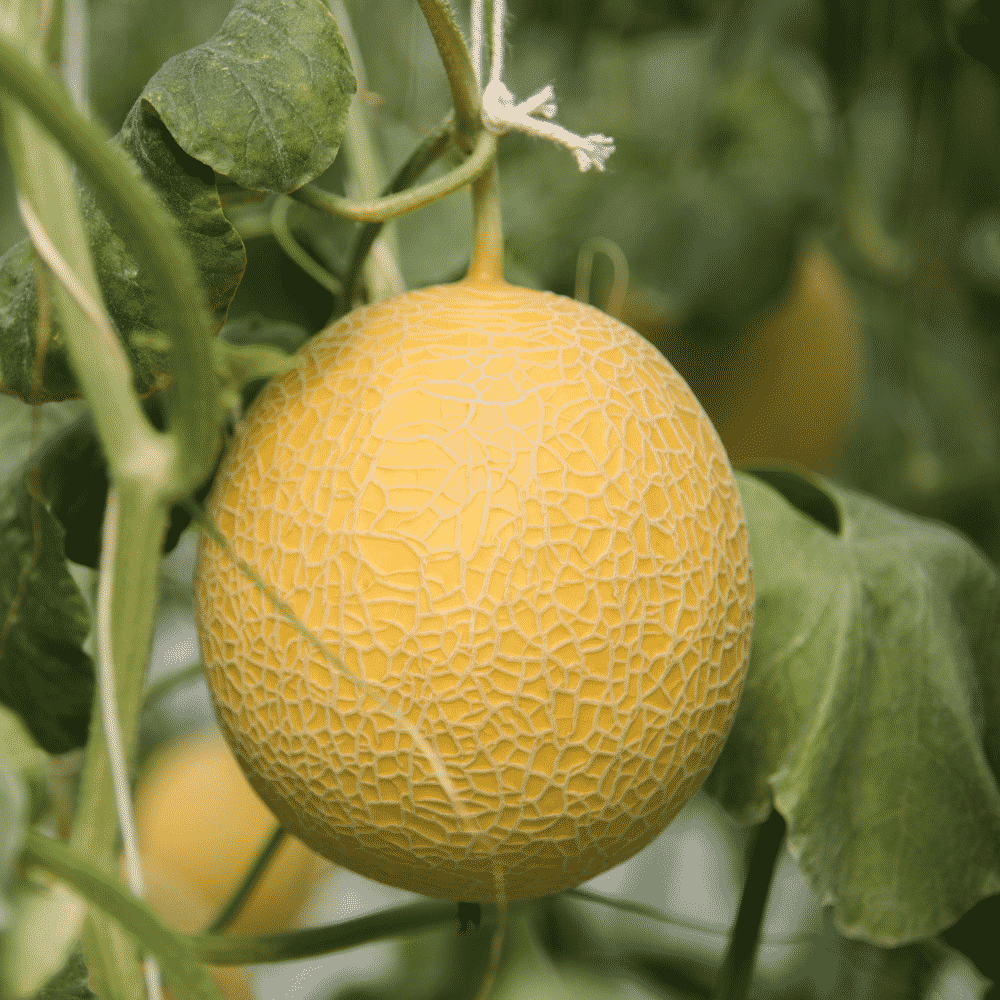
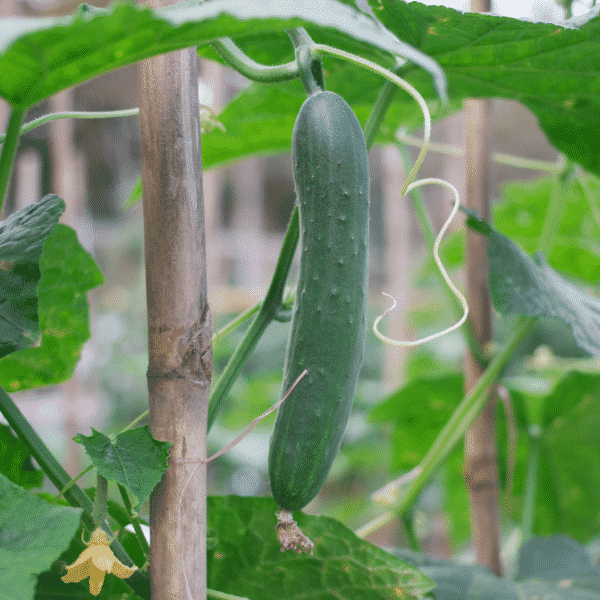
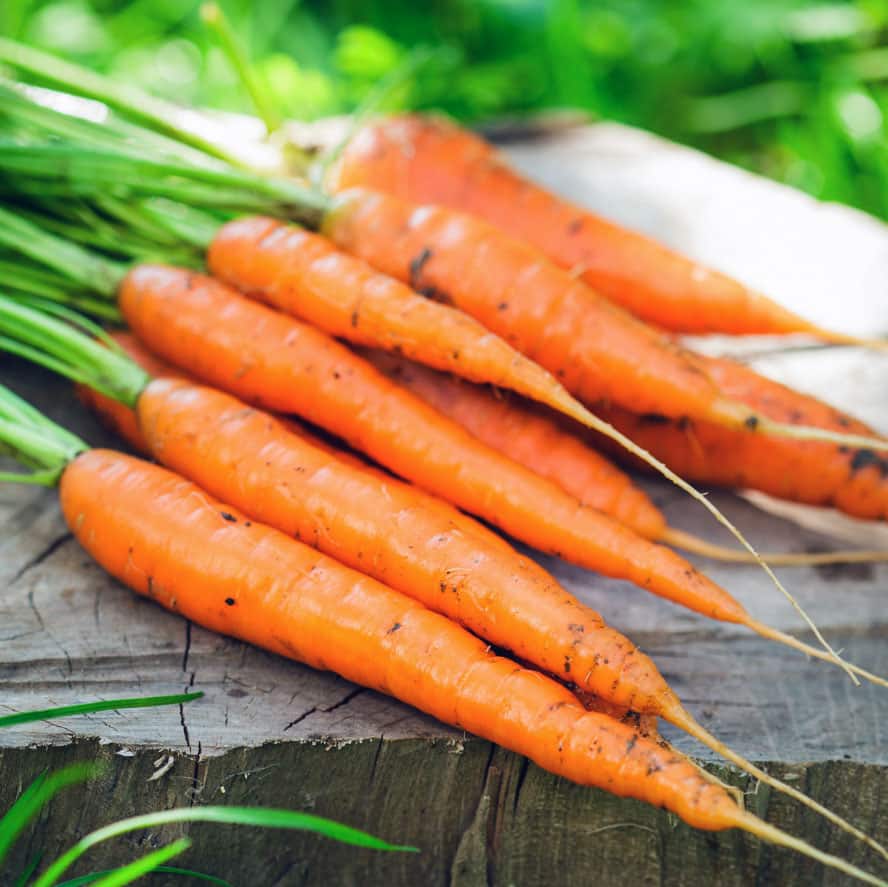
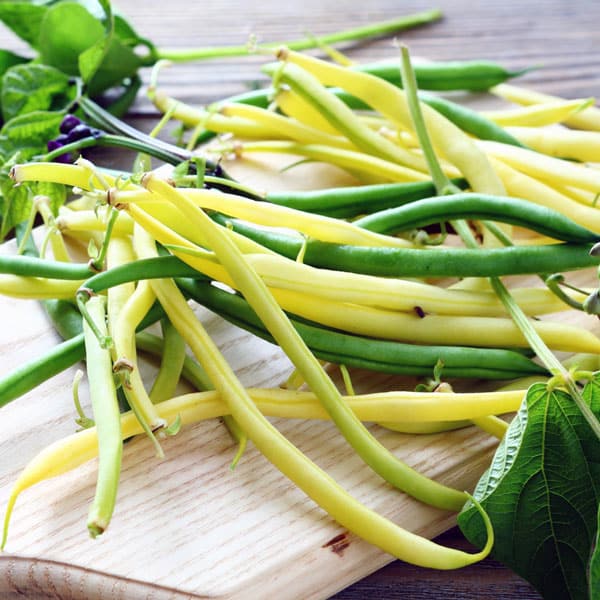
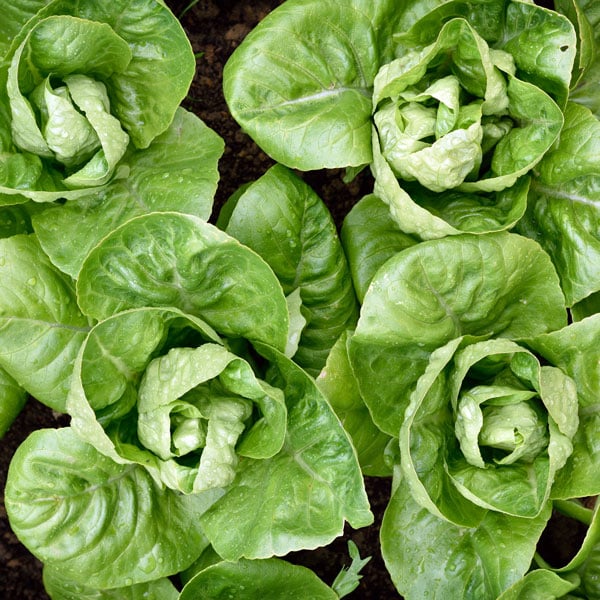

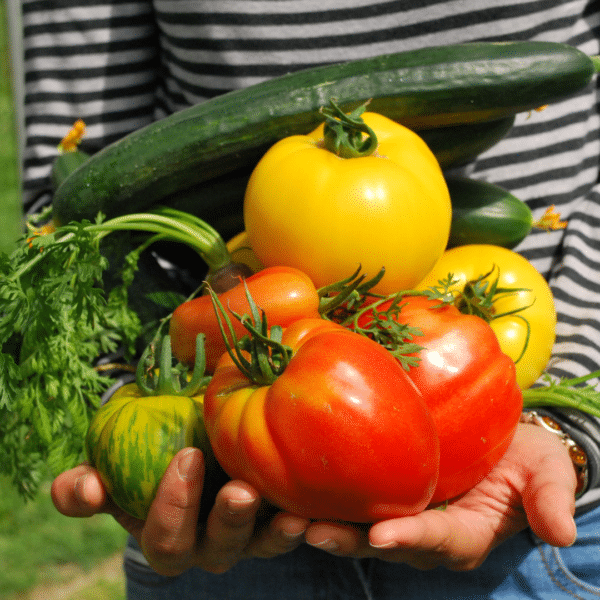
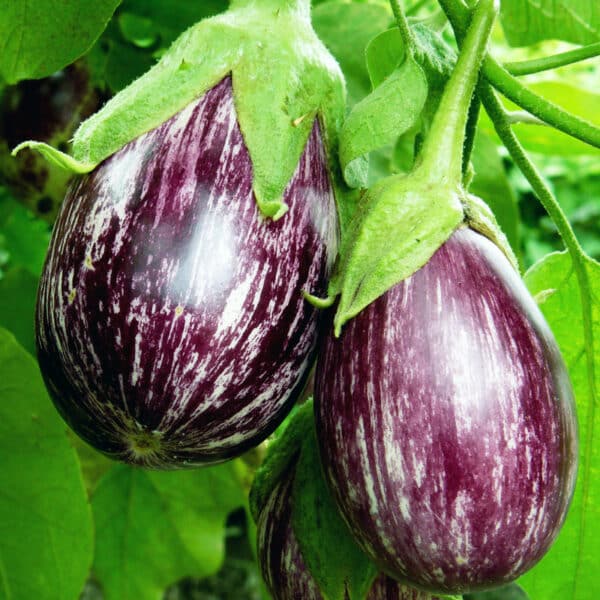
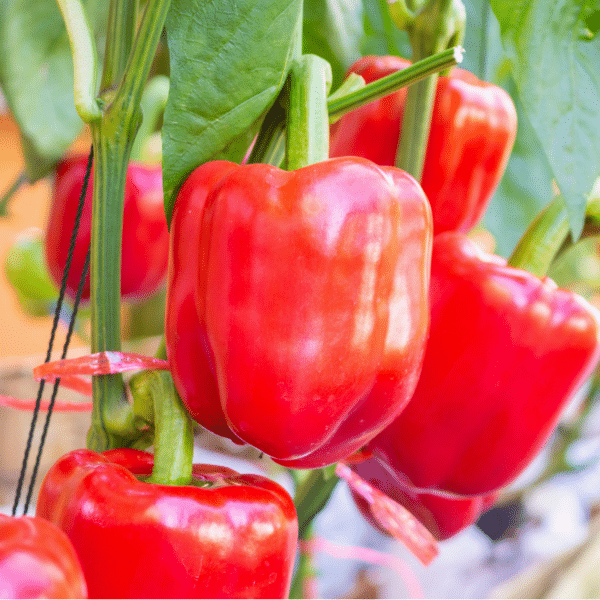
why cant you tell us when to plant in one 5-6 in Ontario Canada??? if I dont get a response this time I will unsubscribe to this email.
edf